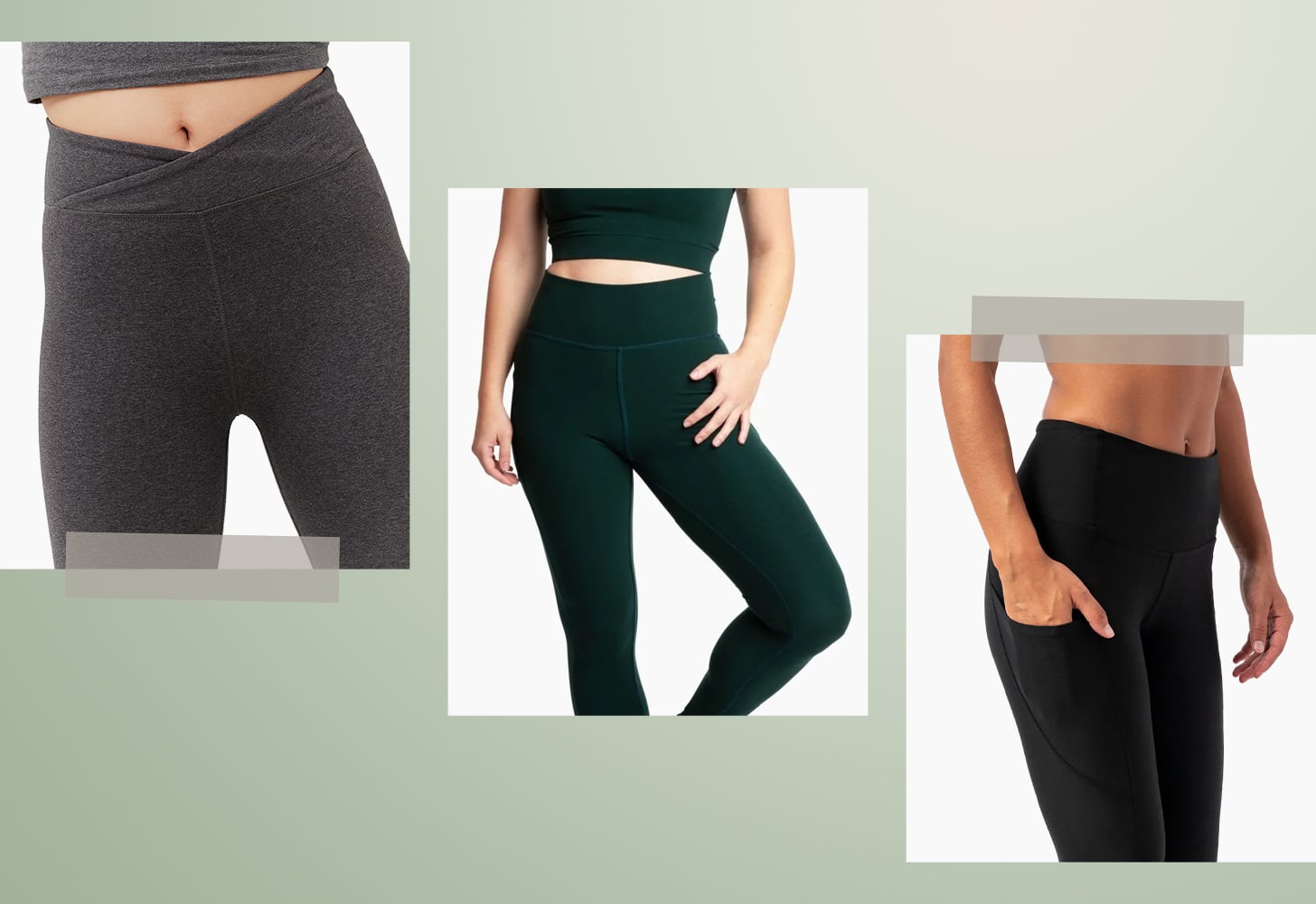Organic is a term you might be used to hearing at the supermarket — in a clothing store, not so much. In the context of clothing, being organic is a quality specific to fabrics derived from natural materials such as cotton and wool. How these materials were grown or cultivated determines whether the fabric is organic or not, which is why you’ll never see organic polyester. Clothing produced under organic farming practices is better for the environment because it requires less water, doesn’t pollute the land with pesticides and fertilizers, and produces fewer carbon emissions. Though this has more of an effect on the environment than your health, knowing the composition of your leggings and if they are organic can still guide you toward brands that prioritize overall health and responsible practices in their products.
Natural fibers, the material that makes up all organic clothing, tends to be more breathable and hygienic, says Mary Bemis, who created her own line of plant-based organic workout-wear brand, Reprise Activewear, after realizing there were limited options on the market. But how do you find the organic leggings when shopping online or in stores?
You might think that looking for “organic” on the tag is the best way to narrow down your search, but the truth is that the term can be slapped on any clothing item, per NSF, an organization that develops public health standards. Organic food needs to be certified by the USDA National Organic Program in order to be legally sold as organic, but other items like clothing and personal care items don’t need to be certified to use the label. The most reliable way to determine if your leggings are actually organic is to look for a Global Organic Textile Standard (GOTS) certification on the tag. A GOTS “made with organic” label indicates the material is at least 70 percent organic, while a GOTS “organic” label certifies that it’s 95 percent organic or higher.
Whether GOTS-certified or not, organic leggings aren’t necessarily free of “forever chemicals” such as PFAS, notes Rachel MacPherson, a certified personal trainer and strength and conditioning specialist. “If you see clothing labeled as stain-resistant, wrinkle-resistant, moisture-wicking, or waterproof, they likely have been chemically treated,” MacPherson says. “And just because an item is made with organic materials does not mean it didn’t have a chemical treatment added to it afterward.” Given that skin contact with PFAS is linked to a number of health concerns, according to the Centers for Disease Control and Prevention, you want to try avoiding activewear that contains it. The good news is, it’s easy to spot organic leggings without PFAs once you know what to look for.
In general, 100-percent cotton, wool, and tencel (a fiber made from wood pulp) tend to be safe options, but Bemis and MacPherson also recommend looking for an OEKO-TEX certification on the label. This indicates that the fabric does not contain any toxic dyes, chemical fertilizers or pesticides, formaldehyde, or PFAs for OEKO-TEX certifications issued after April 2023. It may take a bit of searching to find a pair that works best for you and is organic, too, but once you do, you’ll be glad you made the switch.
To help you choose, we’ve rounded up the best organic leggings according to customer reviews and recommendations from our experts. Shop them all ahead.

I am really impressed together with your writing skills as smartly as with the structure in your blog. Is that this a paid topic or did you customize it your self? Anyway keep up the nice high quality writing, it抯 rare to peer a nice weblog like this one today..
Great article. It is unfortunate that over the last several years, the travel industry has had to fight terrorism, SARS, tsunamis, flu virus, swine flu, plus the first ever entire global economic depression. Through it the industry has proven to be effective, resilient plus dynamic, acquiring new approaches to deal with misfortune. There are always fresh complications and possibilities to which the business must all over again adapt and act in response.
Yesterday, while I was at work, my sister stole my iPad and tested to see if it can survive a 25 foot drop, just so she can be a youtube sensation. My apple ipad is now destroyed and she has 83 views. I know this is totally off topic but I had to share it with someone!
289754 851269Im impressed, I should say. Genuinely rarely do you encounter a weblog thats both educative and entertaining, and let me tell you, you might have hit the nail about the head. Your concept is outstanding; ab muscles something that too couple of folks are speaking intelligently about. Im delighted i found this in my hunt for something about it. 461643